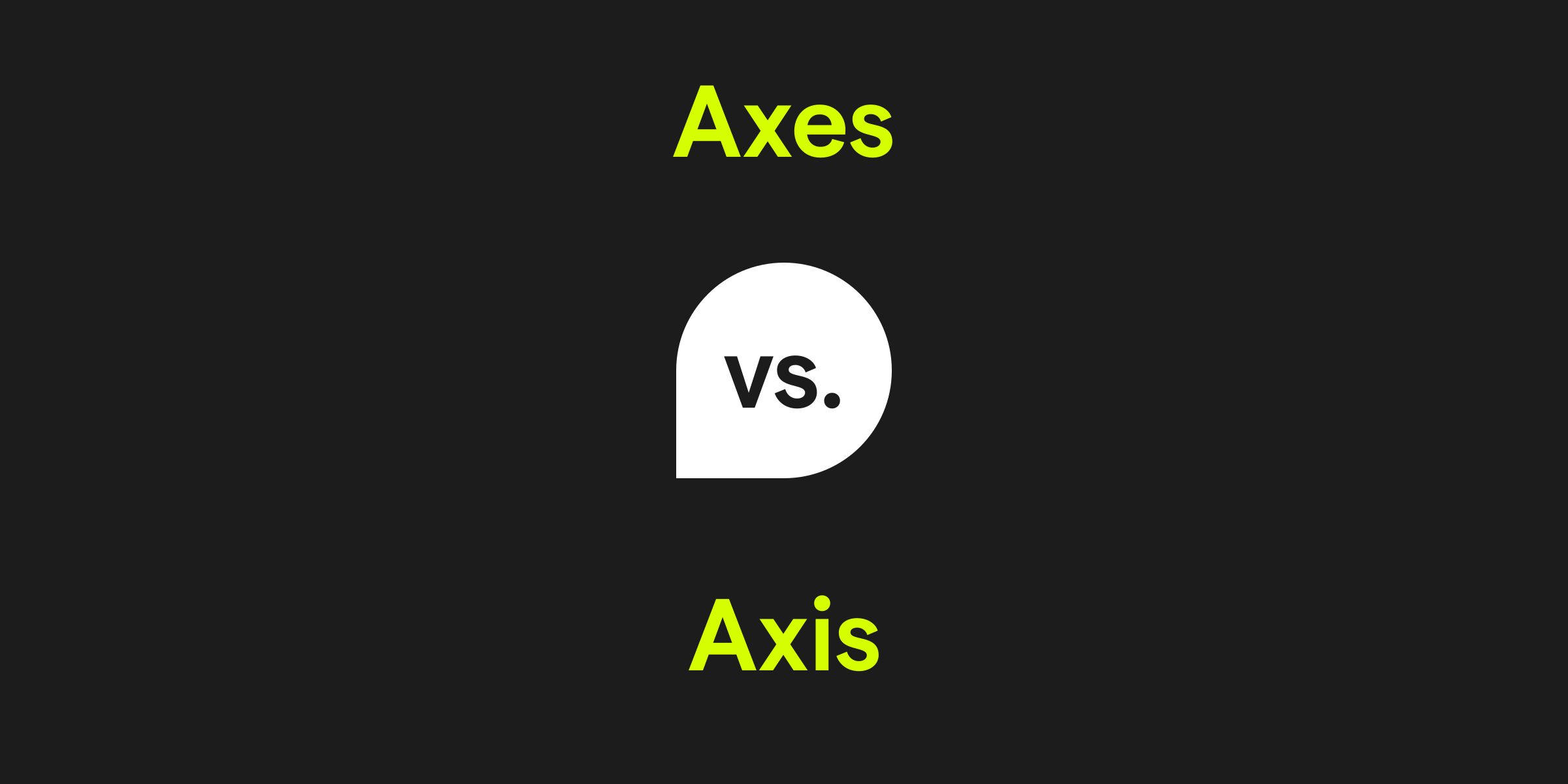Axes vs. Axis: What's the Difference?
Understanding the difference between axes and axis is key to clear communication in both mathematics and physical sciences. Axes is the plural form of the word 'axis,' which refers to a fixed reference line for the measurement of coordinates. Axes are used to describe multiple reference lines that intersect at an origin in a multidimensional space, commonly found in graphs or geometric contexts.

How do you use the word axes in a sentence?
The term axes is used when referring to more than one axis in a multidimensional space, such as in a graph or geometric figure. It denotes the reference lines against which values can be plotted or measured. You'll often encounter axes in discussions of geometry, physics, and data visualization.
Examples of axes in a sentence
- The Cartesian plane is defined by two perpendicular axes, known as the x-axis and y-axis.
- To represent three-dimensional shapes accurately, we need a system with three axes.
- When plotting this data, make sure to label both axes to provide a clear reference for your audience.
How do you use the word axis in a sentence?
The word axis is singular and refers to a single line about which a body rotates or is symmetrically arranged. In mathematics and physics, it is often used to describe the straight line that establishes the coordinates or parameters for system orientation. Each graph typically has at least one, sometimes more, axis.
Examples of axis in a sentence
- The Earth rotates on its axis once every 24 hours, resulting in day and night.
- The x-axis of a graph usually represents the independent variable.
- A potter's wheel spins around a central axis, allowing the potter to shape the clay symmetrically.
Axes and Axis definition, parts of speech, and pronunciation
Axes definition:
Axes (pronounced "AK-seez") are the multiple straight lines or reference points within a coordinate system or graph, about which objects or areas are symmetrical or are rotated.
Axes parts of speech:
Axes pronunciation:
The correct pronunciation for axes is /ˈæk.siːz/.
Axis definition:
An axis (pronounced "AK-sis") is a single straight line or reference point about which an object rotates or is symmetrically arranged, often used to define coordinates in a graph or spatial system.
Axis parts of speech:
Axis pronunciation:
The correct pronunciation for axis is /ˈæk.sɪs/.
Axes (pronounced "AK-seez") are the multiple straight lines or reference points within a coordinate system or graph, about which objects or areas are symmetrical or are rotated.
Axes parts of speech:
- As a noun, axes denote plural lines in geometry: 'The graph is defined by the axes for clarity of data presentation.'
Axes pronunciation:
The correct pronunciation for axes is /ˈæk.siːz/.
Axis definition:
An axis (pronounced "AK-sis") is a single straight line or reference point about which an object rotates or is symmetrically arranged, often used to define coordinates in a graph or spatial system.
Axis parts of speech:
- Used as a noun, axis refers to a central line: 'The rotation of the object around its axis was mesmerizing to watch.'
Axis pronunciation:
The correct pronunciation for axis is /ˈæk.sɪs/.
Axes vs. Axis in a nutshell
In summary, axis is the term for a singular reference line, while axes are multiple reference lines. Axis is commonly used when discussing the rotation of an object or the specific horizontal or vertical lines in a graph. In contrast, axes is used when referring to a pair or set of such lines in multi-dimensional space. Each term plays a crucial role in fields that require precise delineation of space or coordinates, such as physics, mathematics, and engineering.
Get AI Writing Assistance Wherever You Type
Make sure your vocabulary is on point and every punctuation mark is in the right place, no matter where you’re working. Grammarly works across more than 1 million websites and apps so you can improve your writing without copying, pasting, or breaking focus.

More Commonly Confused Words
Interest piqued? Pore (not pour) over other commonly confused words to help your writing reach peak (not peek) performance.